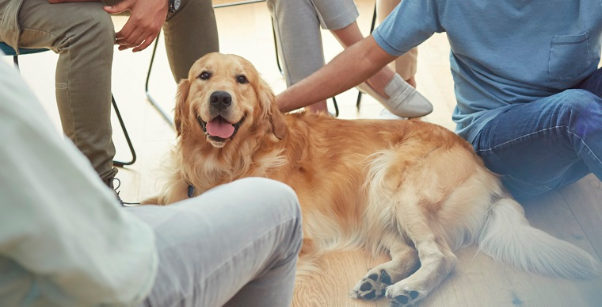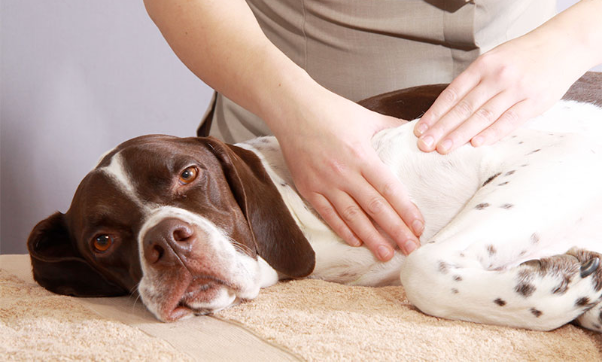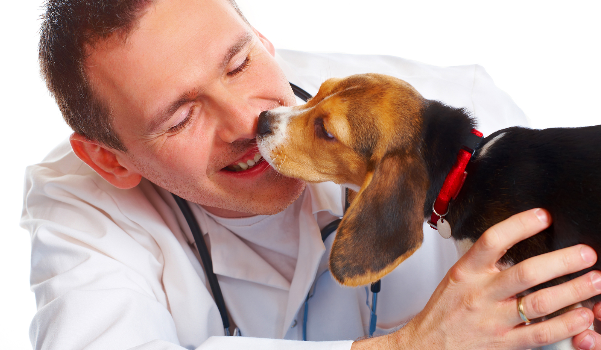Professional’s Pet Rehab Guide
There’s no denying it, we all have knees, even our canine
companions. Knees are sometimes a source of discomfort and most often,
injury. Athletes and non-athletes alike are likely to have some sort of
knee issue during their lifetime. This can also be said of our canine
counterparts.
Just because they walk on four legs instead of two, does not make
them any less likely to encounter an issue. The knee, or stifle joint
in dogs (and cats), is prone to a common injury where one of the two
ligaments that criss-cross in the knee, tears or ruptures. This ligament
is the cranial cruciate ligament and it is responsible for keeping the
joint from overextending, overt inward rotation and incorrect forward
movement. The cranial cruciate ligament or CCL is also frequently referred to as the ACL or anterior cruciate ligament.
Injury
may occur after such actions as sudden starts, sudden stops, tight
turns, jumping and running. Pretty much all the fun things dogs enjoy
doing! Cruciate tears may occur suddenly (acute) or more chronically
over time. Most pet parents notice a limp, stiffness, pain and
sometimes, swelling or heat in the joint.
At
some point, surgical intervention is required to restabilize the joint;
however, not all pets are candidates for surgery. There are several
different techniques to restabilize the joint and your veterinarian will
guide you as to which procedure is right for your pet.
Physical animal rehabilitation used both pre and post-operatively to treat joint pain and swelling,
promote a better joint range of motion, improve weight-bearing and
thigh muscle mass. This can be done using a variety of modalities
including manual therapy, aquatic therapy, low-level laser, exercise,
and thermotherapy.
Walking Paws Rehab is a unique practice that offers many advance therapies to help your pet. Visit Official Walking Paws Rehab Website: walkingpawsrehab.com



Comments
Post a Comment